Betel Leaf on a Moss stick
This product is available for shipping only in Bangalore
The Betel Leaf or Magai Paan is a creeper with glossy heart-shaped leaves that are popularly consumed in India. It is fairly easy to grow even for new plant parents with little care. Let it climb or trail and it will be a great addition to both your collection and food habit as it is known to cool the body and provides many nutrients.
Plant Height: approx 38 inches including the pot
Pot size : 8 inches nursery pot
- Estimated Delivery : Up to 3 business days
- Free Shipping & Returns : On all orders over ₹550 in Bangalore
Betel Leaf (Piper betle) is a vine native to Southeast Asia, known for its heart-shaped leaves. When trained to grow on a moss stick, it creates a beautiful and functional vertical garden feature. Betel leaf is often grown for culinary, medicinal, or ornamental purposes.
1. Seed Selection
- Betel leaf is usually propagated through cuttings rather than seeds. Select healthy cuttings from a mature, disease-free plant.
- Ensure the cuttings are around 5-6 inches long with at least 2-3 nodes (leaf buds).
2. Planting Time
- Betel leaf thrives in warm, humid environments. Plant it during spring or early summer when temperatures are consistently above 70°F (21°C).
- Avoid planting during cold or dry seasons, as the plant is sensitive to low temperatures and lack of moisture.
3. Soil Preparation
- Use a well-draining, loamy soil rich in organic matter. A mixture of garden soil, compost, and sand is ideal for proper drainage and nutrition.
- Betel leaf prefers slightly acidic soil with a pH between 5.5 and 6.5.
4. Seed Sowing / Planting Cuttings
- Dip the cuttings in a rooting hormone to encourage root development.
- Plant the cuttings at the base of the moss stick, ensuring that at least one node is buried in the soil. Gently tie the vine to the moss stick for support.
5. Germination / Root Development
- Place the potted cuttings in a warm, shaded area with indirect light.
- Roots should begin to develop in 2-4 weeks. Keep the moss stick moist to encourage the roots to attach and grow.
6. Watering and Care
- Water the plant consistently, ensuring that the soil remains moist but not waterlogged. Mist the moss stick regularly to maintain humidity around the plant.
- Betel leaf prefers high humidity (60-80%), so consider misting the leaves if the air is dry.
7. Fertilizing
- Apply a balanced liquid fertilizer (NPK 10-10-10) every 4-6 weeks during the growing season.
- Alternatively, use organic fertilizers like compost or fish emulsion to promote healthy leaf growth.
8. Pests and Diseases
- Watch out for common pests such as aphids, mealybugs, and spider mites. Neem oil or insecticidal soap can be used for pest control.
- Ensure good air circulation to prevent fungal diseases like powdery mildew or root rot, which can develop in overly moist conditions.
9. Harvesting
- Leaves can be harvested once the plant is well-established, typically 6-12 months after planting.
- Pick mature leaves from the bottom of the plant, leaving younger leaves to continue growing.
10. Seed Saving / Propagation
- Betel leaf is propagated through cuttings rather than seeds. For future propagation, take healthy cuttings from a mature vine and root them in the same way.
Conclusion
Growing Betel leaf on a moss stick is an attractive and practical way to cultivate this tropical vine in your garden or indoors. By providing the right conditions—high humidity, regular watering, and nutrient-rich soil—you can enjoy its lush foliage and fragrant leaves. Whether used for culinary or ornamental purposes, the Betel leaf vine is a versatile addition to any garden space.
** Plants photos are for representation purpose only. We will make best efforts to send the plants as in photos itself. There may be small white dots on the plant, as these plants cared in nursery using the hard water and pesticide spray. However these will eventually disappear as you take care and clean the leaves. Trust us, we want to give you the best

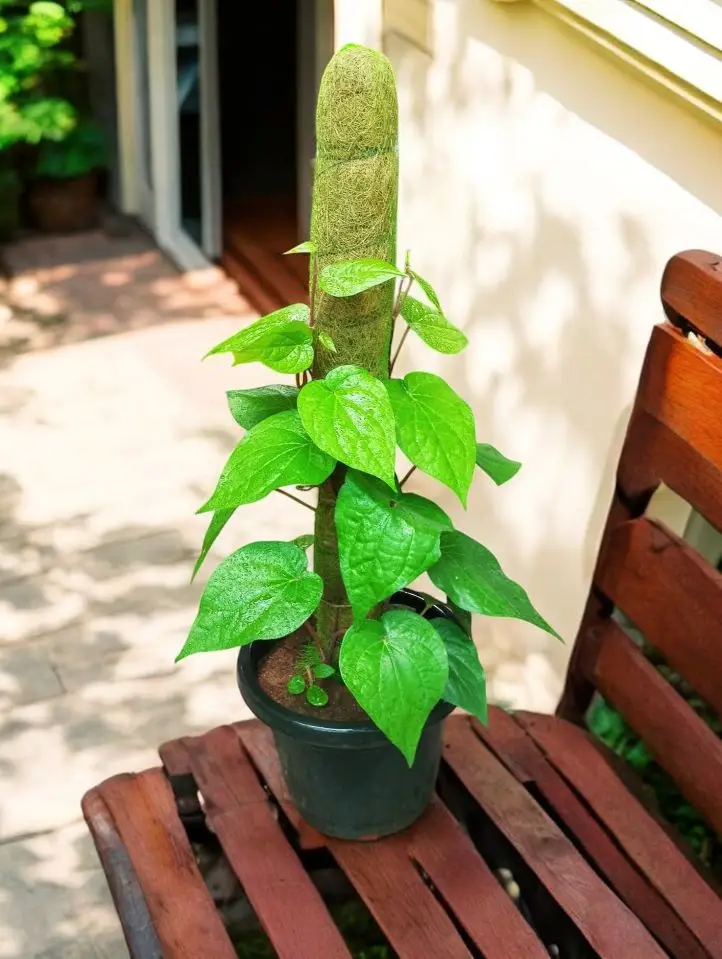

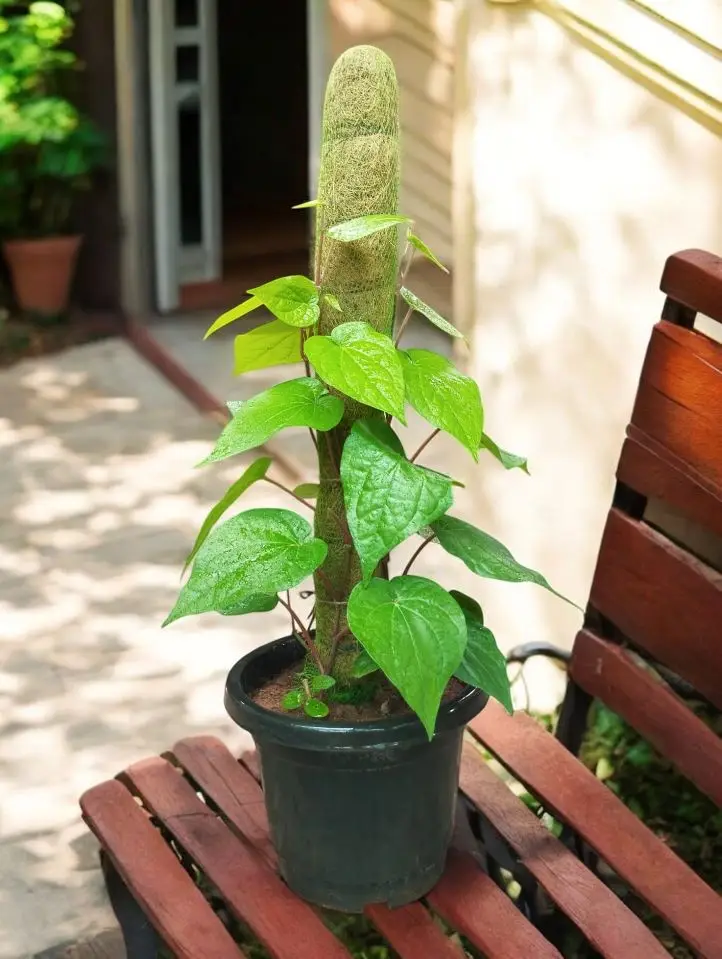
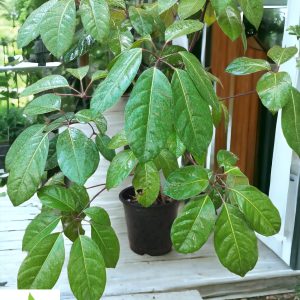
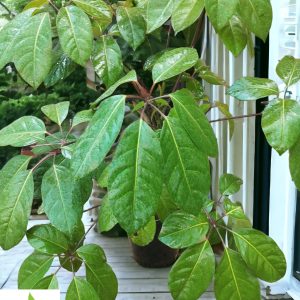
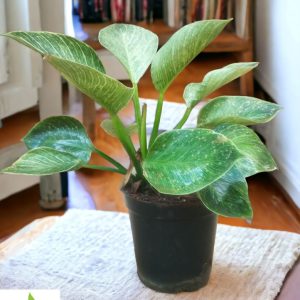
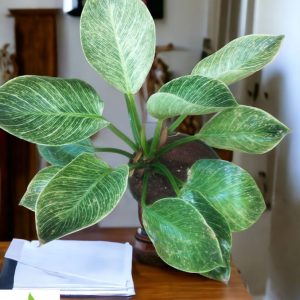
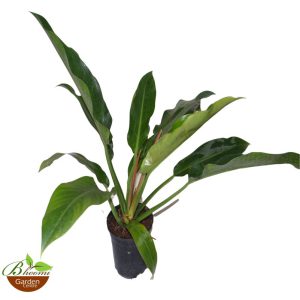
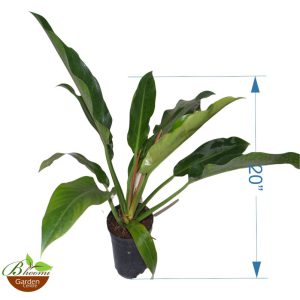
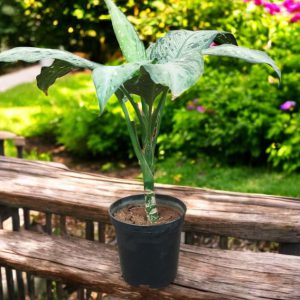
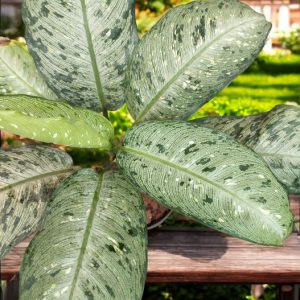
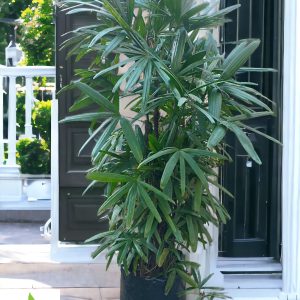
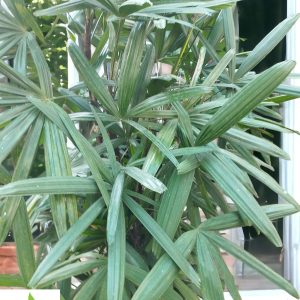
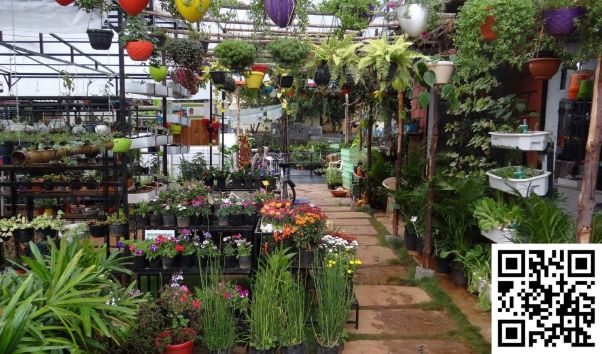
Reviews
There are no reviews yet.